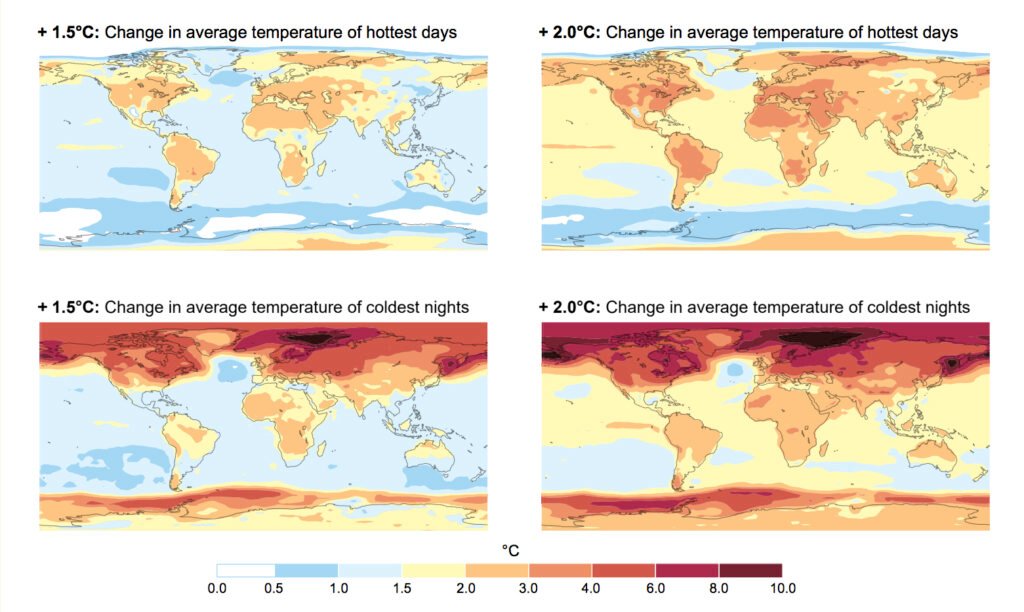Scientists used artificial intelligence (AI) to predict how long it would take for global warming to become catastrophic. The AI’s assessment? We might be screwed.
According to the findings of the study, global temperatures might exceed 1.5 degrees Celsius in just a decade. Exceed that, and scientists warn of greater drought, widespread extinctions of animal species and ecosystems, and famines, to name a few dire consequences.

The legally binding Paris Agreement intends to keep this barrier from being exceeded by cutting greenhouse gas emissions, yet we’re now at 1.1 to 1.2 degrees of warming. The Paris Agreement states that, in the worst-case scenario, global warming should be kept far below 2 degrees Celsius.
But the AI found we have a “substantial probability” of crossing even that threshold, at which scientists believe the effects of climate change will be irreversible and far more catastrophic, by 2050.

The scientists built a machine learning system (AI) on climate model results to make these foreboding forecasts. According to the scientists, it was able to independently and precisely estimate the time of global warming temperatures in the past while simply using maps of historical yearly temperatures throughout its training and testing.
Even under the best-case scenario, the 1.5 degree barrier would be achieved between 2033 and 2035, which isn’t much time.

This estimated timescale is broadly consistent with other key publications’ projections. However, the AI study has a significantly more pessimistic view of when the 2 degree barrier would be met, projecting that the globe will approach it by 2065 with a near-80% possibility — and that’s assuming we maintain net zero carbon emissions.
Reference -NASA, CNN Report, Journal Proceedings of the National Academy of Sciences, National Geographic






